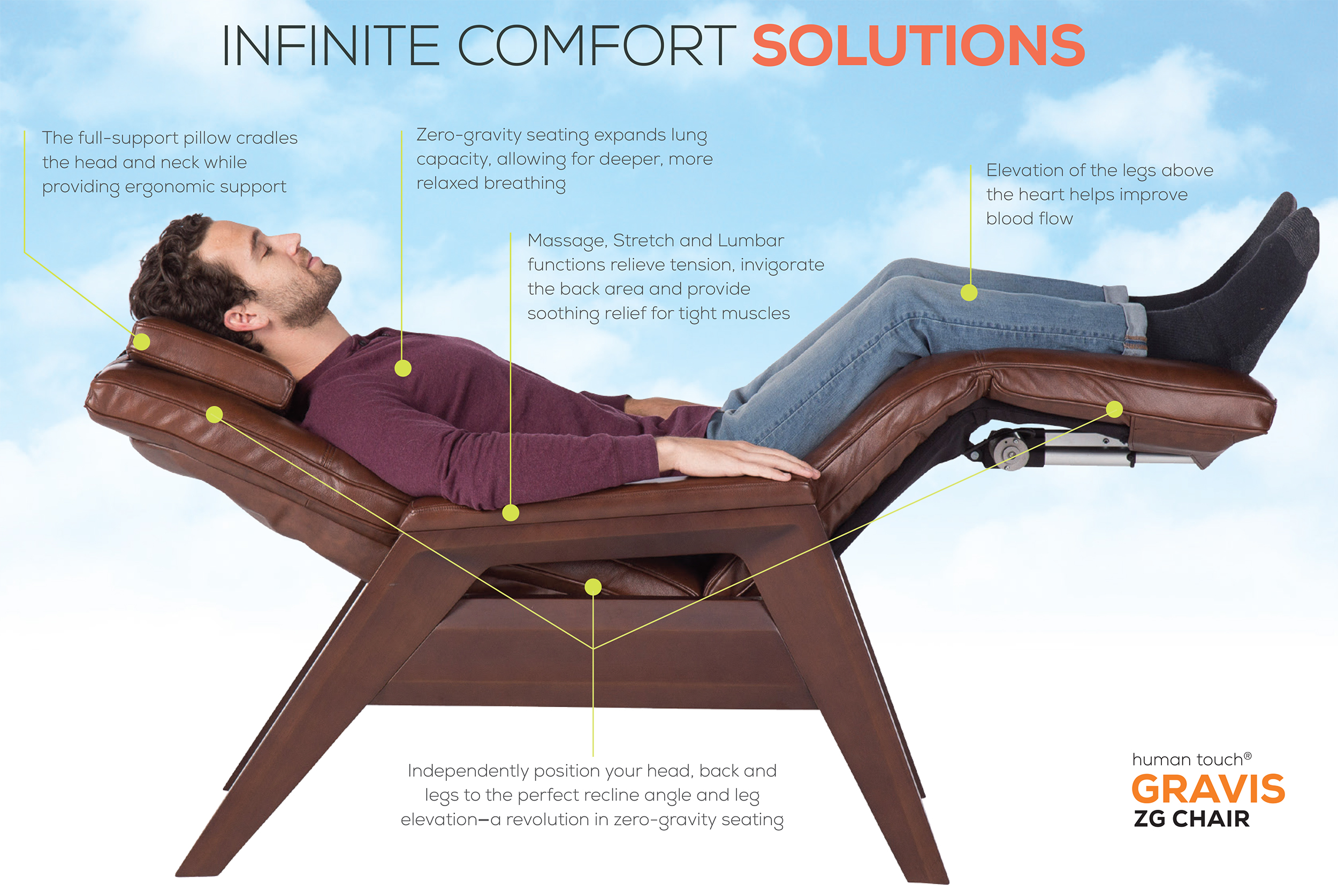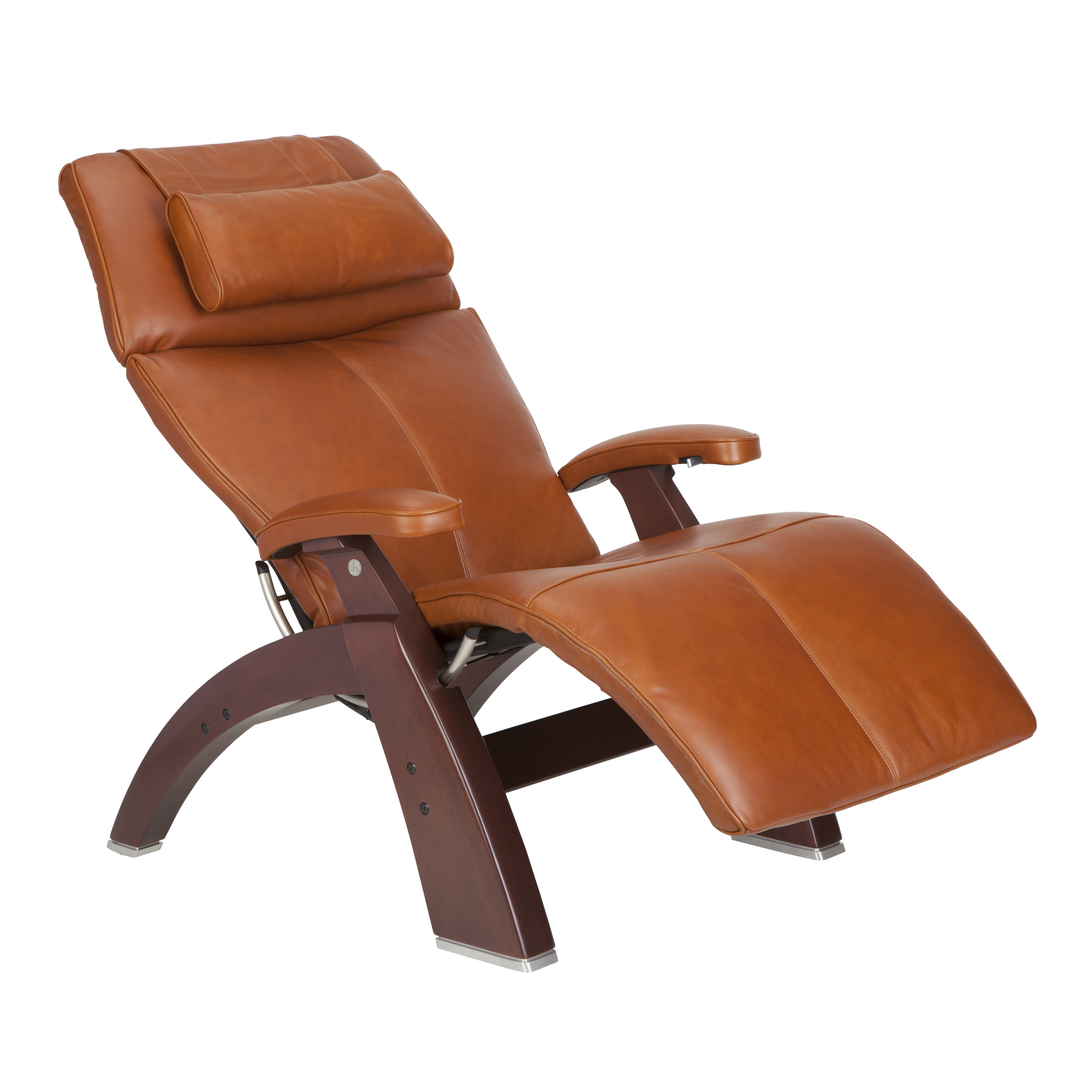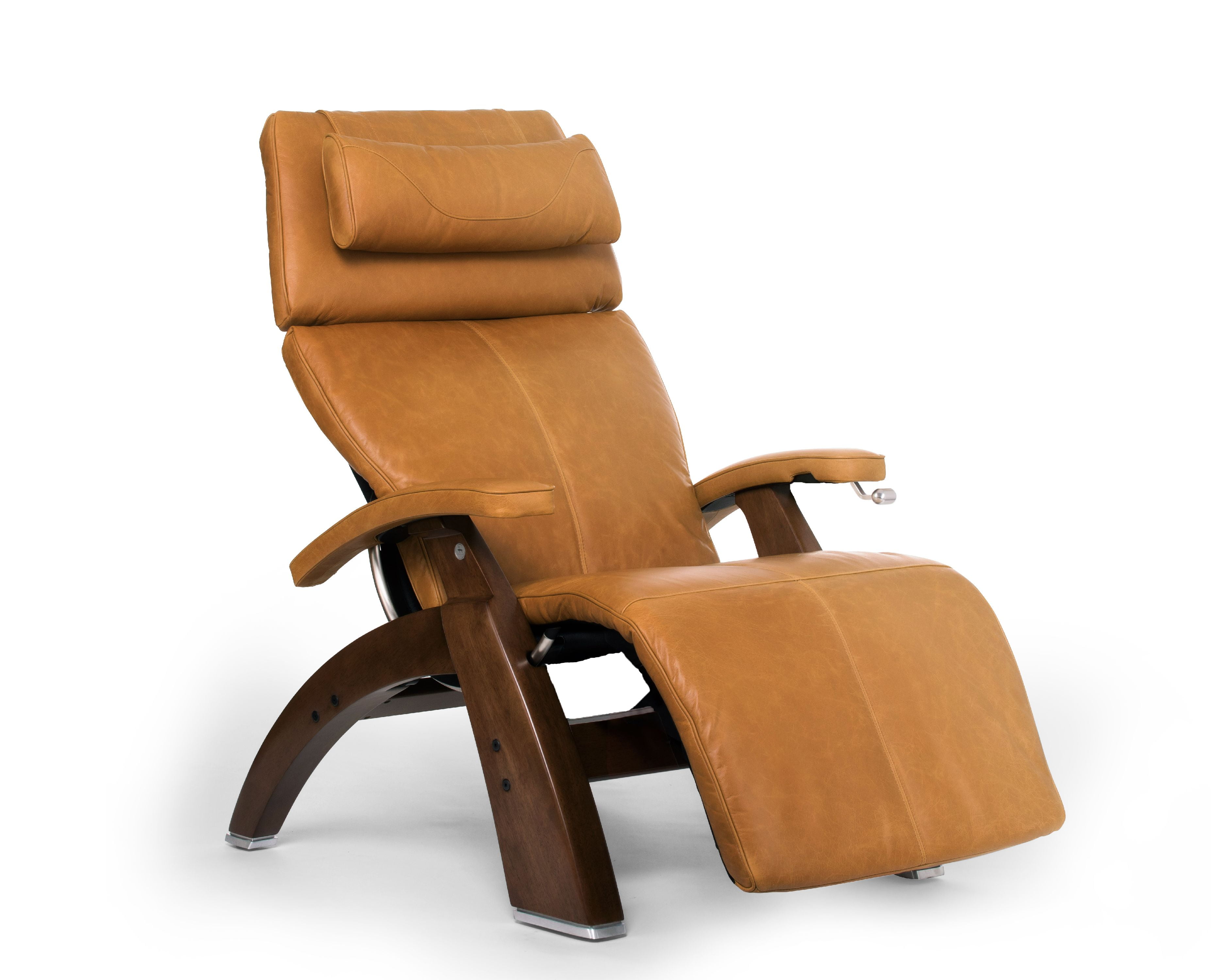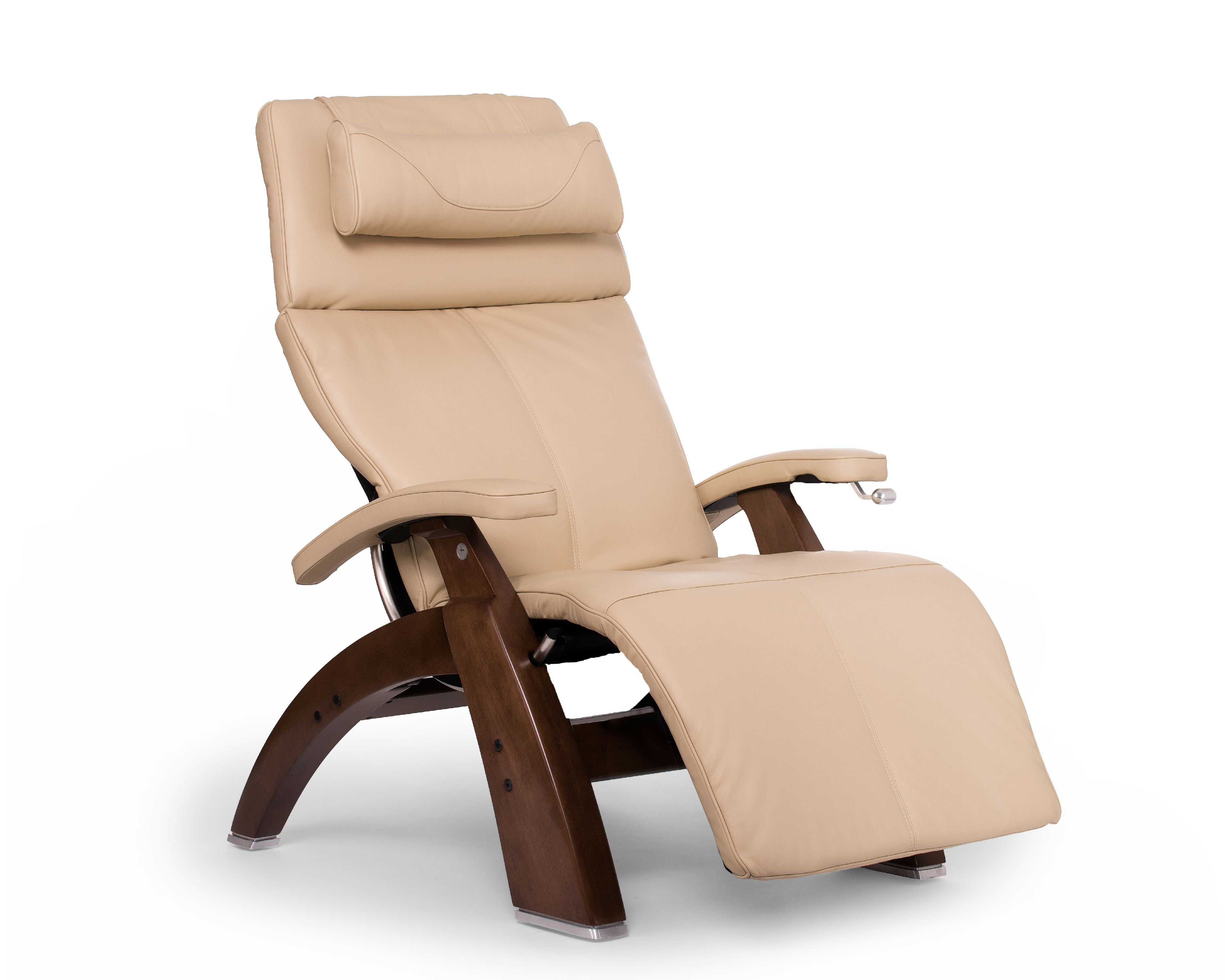The Concept of Human Touch in Zero Gravity

The significance of human touch extends beyond the physical realm, especially in the unique environment of zero gravity. While weightlessness provides a sense of liberation, it also poses challenges for maintaining the essential human need for physical connection.
The Significance of Human Touch in Zero Gravity
In a weightless environment, the sense of touch becomes even more critical. It provides a grounding sensation, a reminder of physical presence and connection in a world where the familiar cues of gravity are absent. The absence of touch can lead to feelings of isolation, loneliness, and even sensory deprivation.
Challenges of Replicating Human Touch in Zero Gravity
Replicating the nuances of human touch in space is a significant challenge. The lack of gravity makes it difficult to maintain a stable grip and apply consistent pressure. Additionally, the spacesuits worn by astronauts limit their ability to feel and express touch.
Examples of Human Touch in Space
Astronauts experience human touch in limited ways. They rely on physical contact for tasks like:
- Securely attaching equipment: Astronauts use their hands to connect and secure equipment, ensuring that everything remains in place during spacewalks.
- Performing repairs: In spacewalks, astronauts need to work closely together to repair equipment, requiring physical contact and coordination.
- Communicating: Even simple gestures like a hand on a shoulder can convey comfort and reassurance in the isolated environment of space.
Astronauts’ Experiences with Human Touch
Astronauts have described the feeling of weightlessness as both liberating and disorienting. The absence of gravity can make it challenging to maintain balance and perform everyday tasks. This can lead to feelings of isolation and a lack of grounding. Astronauts often report missing the simple act of touching another person.
The Ideal Zero Gravity Chair

Imagine sinking into a chair that envelops you in comfort, cradling your body like a cloud, and effortlessly adjusting to your unique form. This is the essence of the ideal zero-gravity chair, a haven for relaxation and rejuvenation.
Design Elements for Ultimate Comfort
The perfect zero-gravity chair should prioritize comfort and support. Its design must seamlessly adapt to the user’s body, providing a weightless experience.
- Ergonomic Design: The chair should mimic the natural curvature of the spine, ensuring proper alignment and minimizing pressure points. This can be achieved through adjustable lumbar support and contoured seating.
- Zero-Gravity Recline: The chair’s recline angle should be adjustable, allowing users to achieve the perfect position for relaxation. This angle, often referred to as “zero-gravity,” distributes weight evenly, reducing stress on joints and muscles.
- Adjustable Features: The chair should offer adjustable features like footrests, headrests, and armrests to accommodate different body types and preferences. These adjustments allow users to personalize their comfort experience.
Adapting to Weightlessness
To achieve a true zero-gravity experience, the chair needs to adapt to the user’s body and weightlessness. This involves:
- Weight Distribution: The chair’s design should evenly distribute the user’s weight, minimizing pressure on specific areas. This can be achieved through a combination of materials and adjustable features.
- Floating Sensation: The chair should create a sense of weightlessness by gently supporting the body. This can be achieved through a combination of recline angles and soft, supportive materials.
- Dynamic Adjustment: The chair should be able to dynamically adjust to the user’s movements and weight shifts, providing constant support and comfort. This can be achieved through advanced mechanisms and sensors.
Materials and Technologies
The ideal zero-gravity chair should incorporate innovative materials and technologies to enhance comfort and functionality.
- Memory Foam: This material conforms to the body’s shape, providing personalized comfort and pressure relief. It also helps distribute weight evenly, reducing stress on joints and muscles.
- Temperature-Regulating Fabrics: These fabrics help maintain a comfortable temperature, preventing overheating or chills. This is particularly important for users who spend extended periods in the chair.
- Advanced Mechanisms: The chair should incorporate advanced mechanisms for smooth, effortless adjustments. These mechanisms should be durable and reliable, ensuring long-lasting performance.
- Integrated Technology: The chair could incorporate features like Bluetooth connectivity, built-in speakers, and massage functions to enhance the relaxation experience.
Sensory Experience: Human Touch Zero Gravity Perfect Chair
Imagine floating weightlessly, enveloped in a cocoon of comfort, where every sense is heightened, and relaxation becomes an art form. The zero-gravity chair, beyond its physical comfort, can become a haven for sensory exploration, offering a symphony of sensations that transcend the ordinary.
Lighting
The right lighting can profoundly impact our mood and well-being. In a zero-gravity environment, where the boundaries between earth and sky blur, the chair can become a celestial canvas for light. Imagine a soft, ethereal glow emanating from the chair’s interior, mimicking the gentle luminescence of the moon. This ambient lighting, adjustable to personal preference, can create a calming and tranquil atmosphere, fostering a sense of peace and serenity.
Sound
Sound can be a powerful tool for relaxation and meditation. The zero-gravity chair can integrate a sophisticated sound system that delivers a curated symphony of sounds. From the gentle murmur of a babbling brook to the soothing melodies of nature, the chair can transport you to a serene oasis, away from the hustle and bustle of everyday life. Imagine listening to the gentle waves crashing on a distant shore, or the soft chirping of birds in a lush forest, all while floating weightlessly in your personal sanctuary.
Aromatherapy
Aromatherapy, the practice of using essential oils for therapeutic purposes, can enhance the sensory experience within the zero-gravity chair. Imagine the chair releasing a subtle yet invigorating aroma of lavender, known for its calming properties, or the refreshing scent of citrus, known for its uplifting effects. The chair can be programmed to release specific aromas based on your mood and desired outcome, creating a personalized olfactory experience that promotes relaxation and well-being.
Technological Considerations and Challenges

Creating a zero-gravity chair presents numerous technological challenges that require innovative solutions. The chair must not only simulate weightlessness but also ensure the safety and comfort of the user.
Materials and Design
The design of a zero-gravity chair necessitates the use of lightweight yet robust materials capable of withstanding the forces involved in simulating weightlessness.
- Advanced Composites: Carbon fiber, Kevlar, and other high-strength composites can be used to create a lightweight and durable frame that can withstand the stresses of weightlessness simulation.
- Shape Memory Alloys: These alloys can be used to create flexible and adaptable components that can adjust to the user’s body shape and provide support during weightlessness.
- Aerodynamic Design: The chair’s shape should be optimized for minimal air resistance and to ensure a smooth and comfortable experience during weightlessness simulation.
Propulsion Systems
Achieving true weightlessness in a chair requires a propulsion system capable of counteracting gravity.
- Magnetic Levitation: This technology utilizes powerful magnets to lift the chair and the user off the ground, creating a sensation of weightlessness. However, it requires a significant amount of energy and is currently limited to specific environments.
- Air Propulsion: This system uses compressed air to create a force that counteracts gravity, similar to how a hovercraft works. While less energy-intensive than magnetic levitation, it may not provide the same level of weightlessness.
- Pneumatic Systems: This method involves using air pressure to create a buoyant effect, similar to how a hot air balloon floats. This system could be relatively simple and efficient, but it might not provide the same level of weightlessness as other options.
Sustainability and Environmental Friendliness
Developing a zero-gravity chair that is sustainable and environmentally friendly is crucial.
- Renewable Energy Sources: Utilizing solar panels, wind turbines, or other renewable energy sources to power the chair’s propulsion system can reduce its environmental impact.
- Recyclable Materials: Choosing materials that can be recycled at the end of the chair’s life cycle will minimize waste and promote circularity.
- Energy Efficiency: Optimizing the chair’s design and propulsion system to minimize energy consumption will contribute to its sustainability.
Future Vision

The future of zero-gravity chairs is brimming with exciting possibilities, fueled by the relentless march of technology. These chairs, already a marvel of modern design, are poised to become even more sophisticated, integrated into our lives in ways we can only begin to imagine.
Integration into Space Habitats
The integration of zero-gravity chairs into future space habitats is a natural progression. Imagine a space station where astronauts can relax in zero-gravity, reducing the strain on their bodies and fostering a sense of normalcy in an otherwise challenging environment. These chairs could be equipped with advanced features such as:
- Artificial Gravity Systems: These systems could simulate the effects of gravity, allowing astronauts to maintain bone density and muscle mass, preventing the negative health consequences of prolonged weightlessness. Imagine a chair that gently rotates, creating a centrifugal force that mimics gravity. This could be a game-changer for long-duration space missions.
- Biofeedback and Health Monitoring: Zero-gravity chairs could incorporate biofeedback sensors to monitor astronauts’ vital signs, detecting potential health issues early on. This could be especially important in the harsh conditions of space. Imagine a chair that can monitor your heart rate, blood pressure, and even your sleep patterns, alerting you to any anomalies.
- Advanced Environmental Controls: These chairs could be designed to create a comfortable microclimate around the user, adjusting temperature, humidity, and air quality for optimal comfort. Picture a chair that can adapt to your individual needs, keeping you cool and comfortable even in the extreme temperatures of space.
Everyday Applications, Human touch zero gravity perfect chair
Zero-gravity chairs are not just for space travel. They have the potential to revolutionize our lives on Earth. Imagine a future where:
- Zero-Gravity Therapy: These chairs could be used for therapeutic purposes, helping individuals with back pain, spinal injuries, or other conditions. Imagine a chair that gently cradles your body, reducing pressure on your spine and providing relief from chronic pain.
- Enhanced Relaxation and Stress Reduction: Zero-gravity chairs could become a staple in our homes, providing a sanctuary for relaxation and stress relief. Picture a chair that allows you to unwind after a long day, easing your mind and body with a gentle embrace.
- Increased Productivity: These chairs could be used in offices and workplaces, allowing employees to work comfortably in a zero-gravity environment, improving focus and productivity. Imagine a chair that supports your body in a way that promotes optimal posture and reduces fatigue, allowing you to work for longer periods without discomfort.
Societal Impact
The widespread adoption of zero-gravity chairs could have a profound impact on society. These chairs could:
- Promote Health and Well-being: By reducing strain on the body and promoting relaxation, zero-gravity chairs could contribute to improved health and well-being for individuals of all ages. Imagine a society where chronic back pain is a thing of the past, thanks to the widespread use of zero-gravity chairs.
- Increase Productivity and Efficiency: By creating more comfortable and ergonomic work environments, zero-gravity chairs could lead to increased productivity and efficiency in the workplace. Imagine a future where workers are more focused and engaged, thanks to the comfort and support of zero-gravity chairs.
- Transform the Way We Live and Work: Zero-gravity chairs could fundamentally alter the way we live and work, creating new possibilities for relaxation, therapy, and productivity. Imagine a world where the boundaries between work and leisure blur, thanks to the transformative power of zero-gravity chairs.
Imagine a chair that cradles you like a cloud, mimicking the feeling of weightlessness. That’s the dream of a human touch zero gravity perfect chair. But for those who need portability, the rio big guy backpack chair offers a comfy solution.
Though it may not achieve the same zero-gravity feel, it’s a great way to bring a bit of that relaxing sensation wherever you go. Whether you’re seeking the ultimate in relaxation or just a comfortable spot to chill, there’s a chair out there for you.
Imagine a chair that mimics the feeling of weightlessness, a perfect blend of human touch and zero gravity. You know, like the kind of comfort you crave after a long day. The Meijer Big Joe chair is a great example of a chair that prioritizes comfort and support, especially for those who need a little extra room.
While the Meijer Big Joe chair might not achieve true zero gravity, it definitely comes close to that blissful feeling of sinking into a cloud.